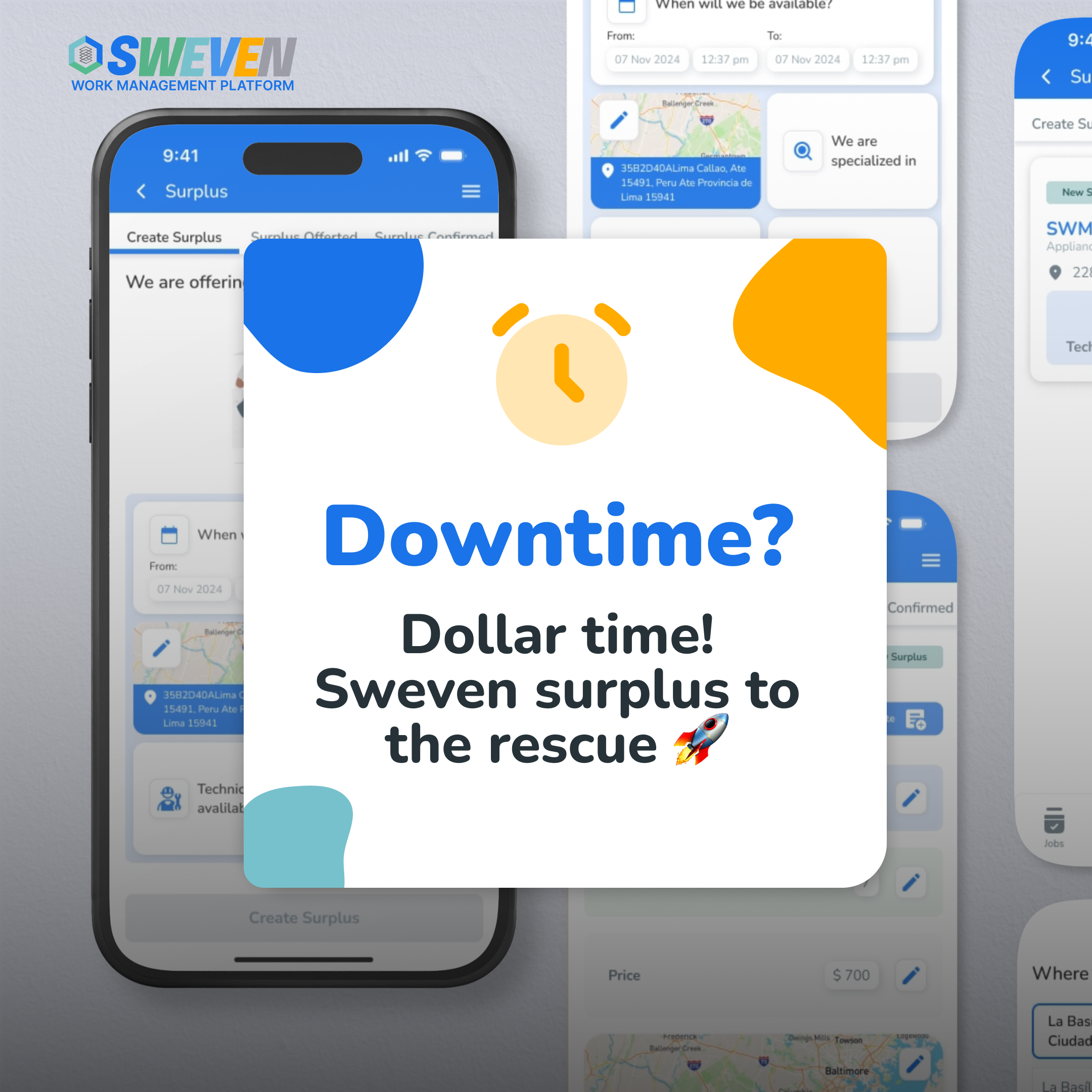
The rise of IoT sensors is transforming facilities management, giving teams real-time insights that help optimize building operations, reduce costs, and prevent problems before they occur.
But where exactly do IoT sensors make the biggest impact?
Here are the top 5 areas in a building where IoT sensors add the most value:
1. HVAC Systems – Heating, ventilation, and air conditioning systems are critical for comfort and energy efficiency, but they’re also prone to wear and tear. IoT sensors monitor temperature, humidity, air quality, and system performance in real time, ensuring that HVAC systems operate efficiently. They can detect early signs of malfunction, triggering maintenance before an issue causes downtime or costly repairs.
2. Energy Management – Energy consumption is one of the largest operational costs for any facility. IoT sensors track real-time data on electricity usage, lighting, and equipment operation. By identifying patterns and inefficiencies, facilities managers can make data-driven decisions to reduce energy consumption, lower costs, and improve sustainability efforts.

3. Water and Plumbing Systems – Leaks and water damage can cause significant problems if left unchecked. IoT sensors monitor plumbing systems for pressure changes, moisture, and flow rates, allowing you to detect leaks or blockages early. These sensors can also trigger alerts to address the issue quickly, reducing damage and repair costs.
4. Security and Access Control – From monitoring access points to detecting unauthorized entry, IoT sensors play a crucial role in building security. Integrated with access control systems, sensors can track who enters and exits a facility, detect motion in restricted areas, and alert teams of any suspicious activity in real time—keeping buildings safe and secure.
5. Predictive Maintenance for Equipment – Beyond HVAC and plumbing, IoT sensors can monitor the condition of elevators, lighting systems, electrical equipment, and more. By collecting continuous data, these sensors can predict when equipment is likely to fail, allowing facilities managers to perform maintenance before costly breakdowns occur, ensuring smooth operations.
Why This Matters: IoT sensors deliver critical data across a wide range of building systems, helping facilities managers be proactive instead of reactive. They not only reduce costs but also optimize operations, improve energy efficiency, and enhance security.
What areas in your building benefit most from IoT technology?
















